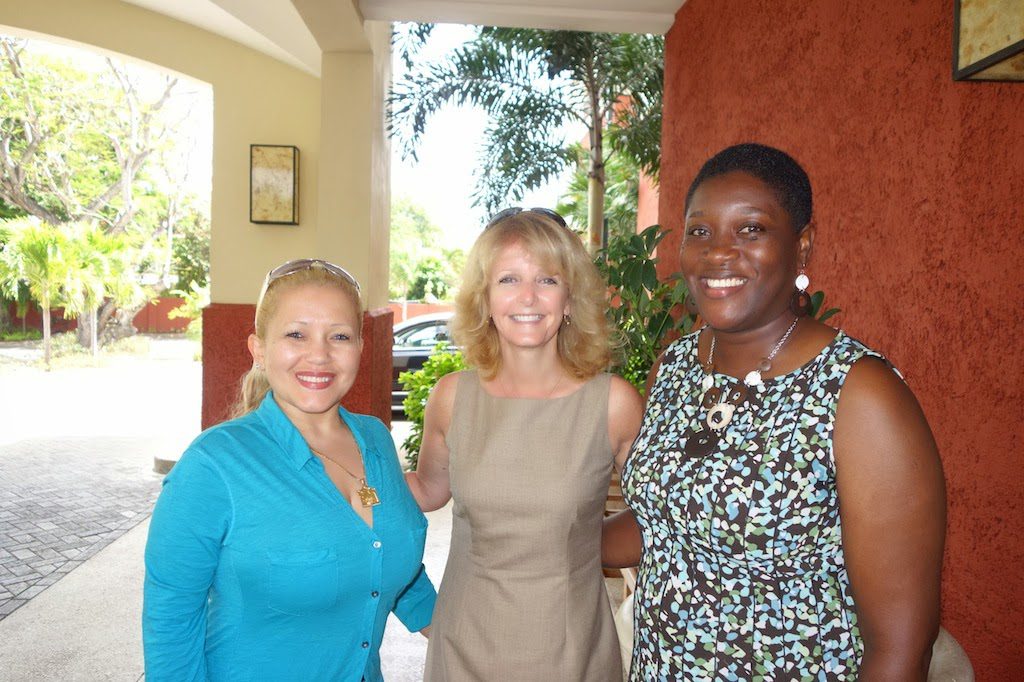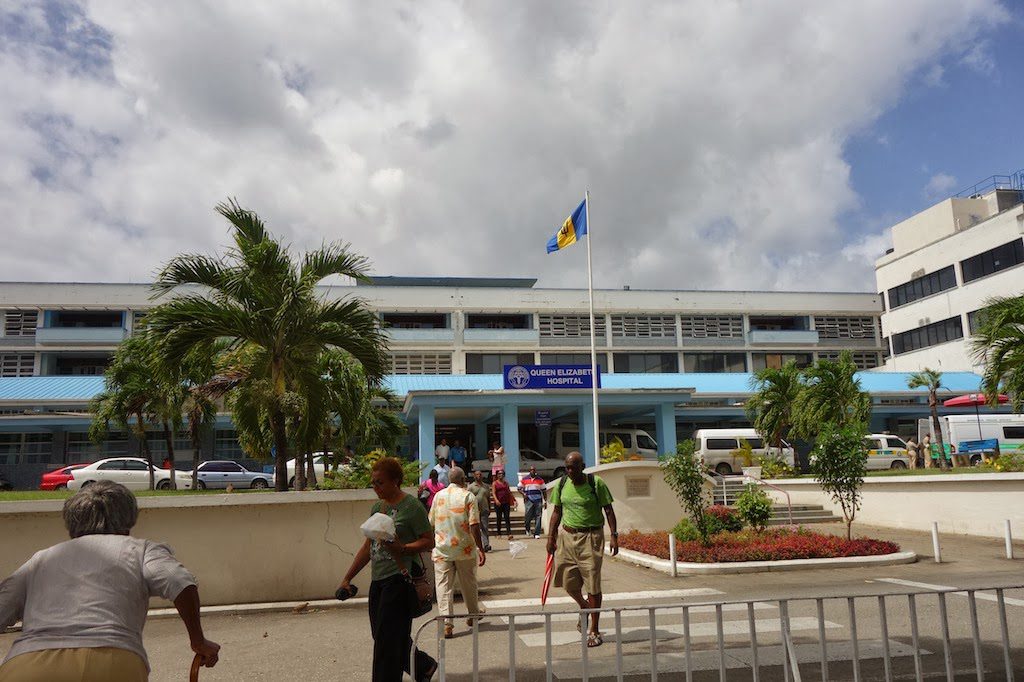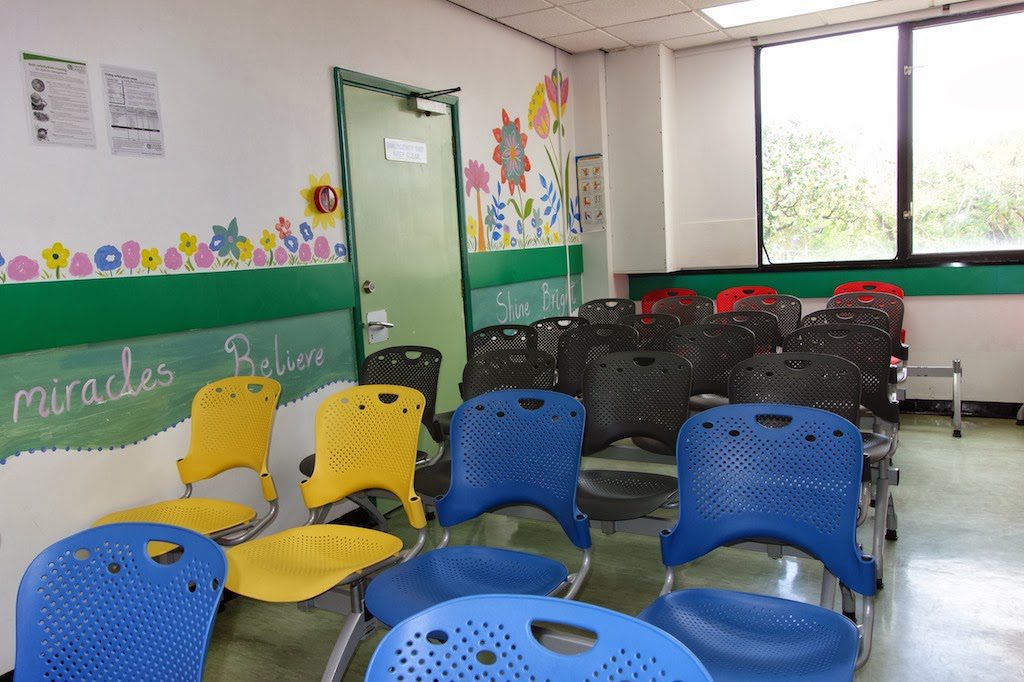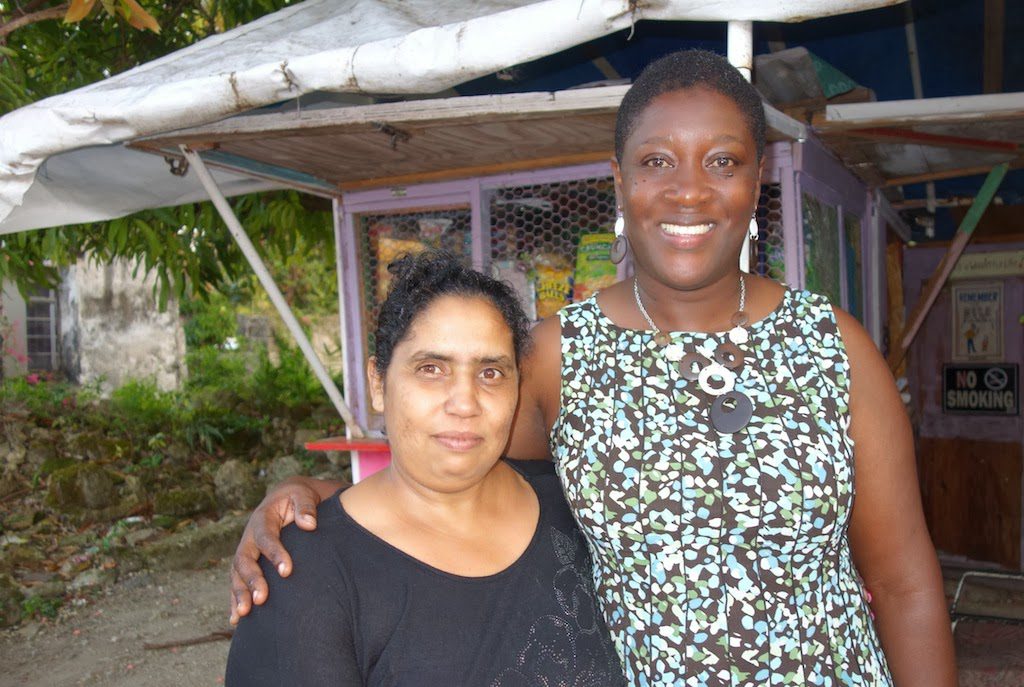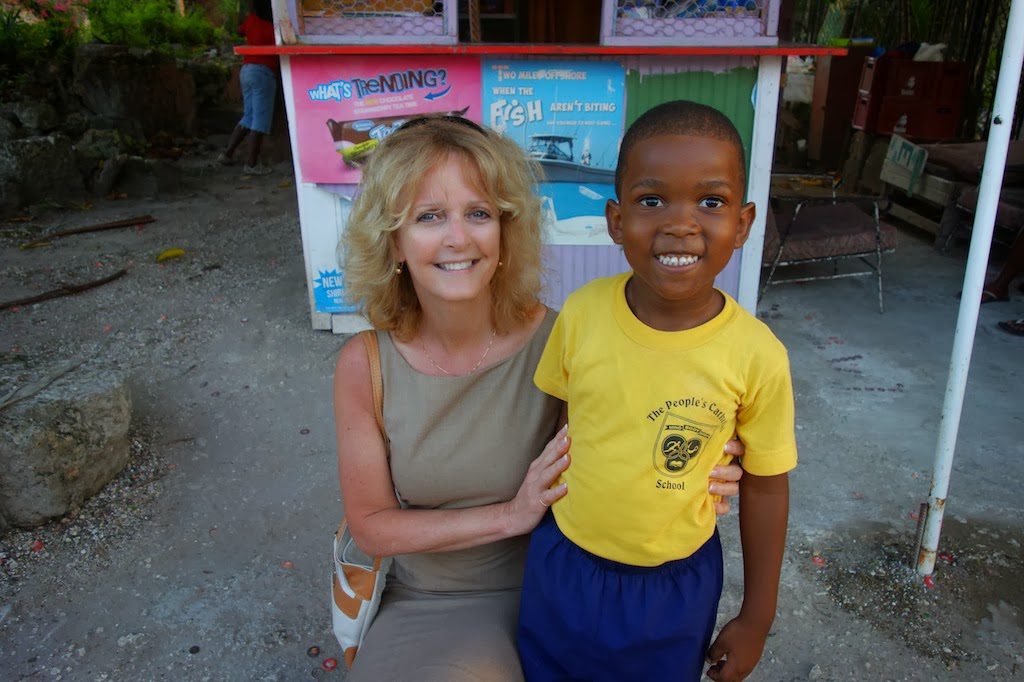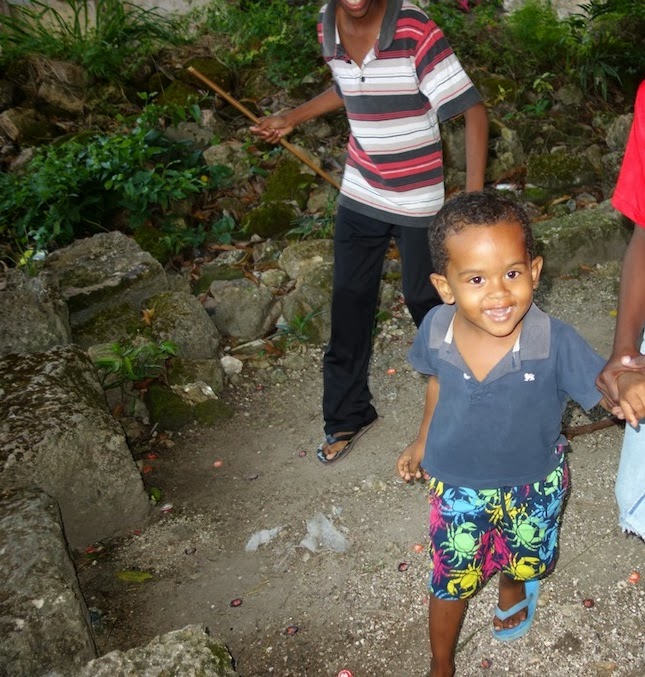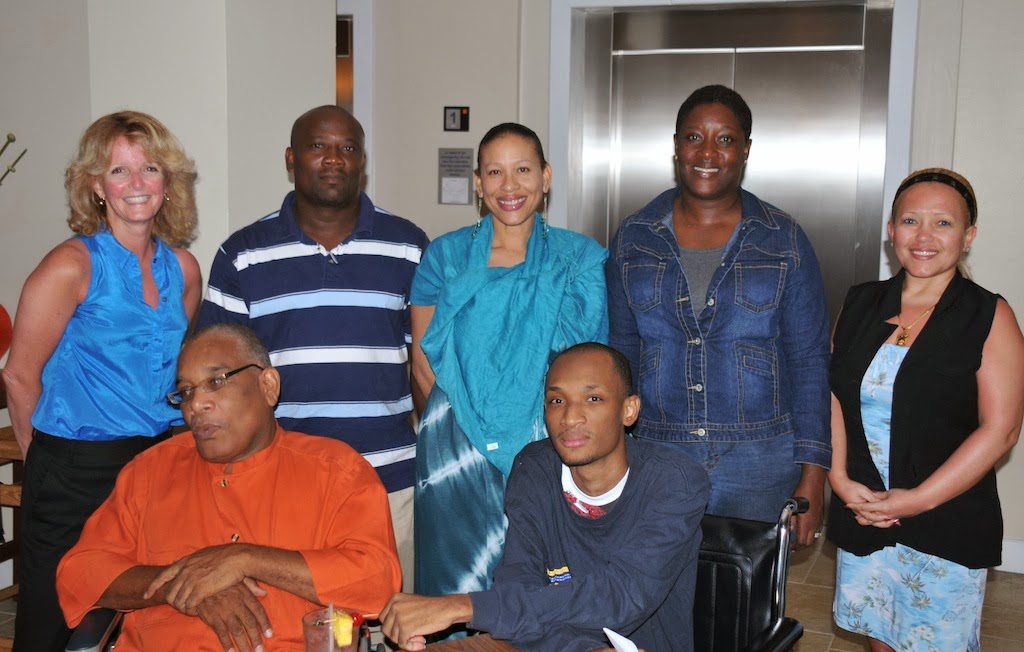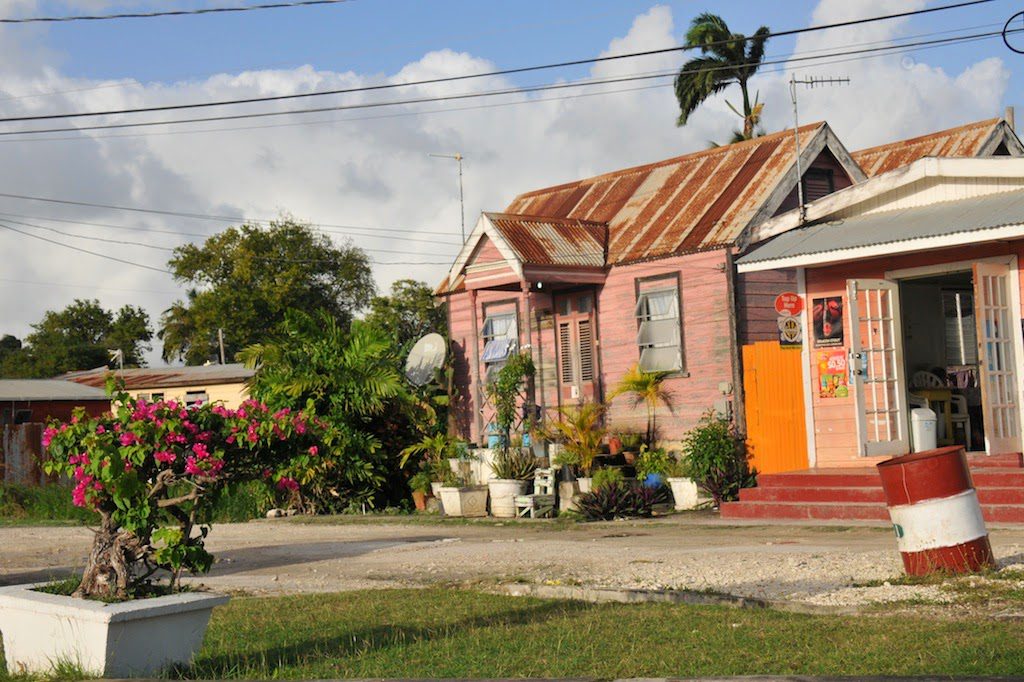Why, When, and How People Start Hemophilia Organizations
Social media has become a forum for advocacy, sharing ideas, and raising concerns about anything related to leadership in hemophilia. With the recent changes at Hemophilia Federation of America, people are concerned about leadership in our community: what is happening now, and what will happen in the future? I’m in the process of writing another book on leadership, so the topic has been on my mind. Here’s an excerpt from my book Success as a Hemophilia Leader, about when people decide to start hemophilia organizations, and why. It may not be directly relevant, but it has ideas to appreciate and think about.
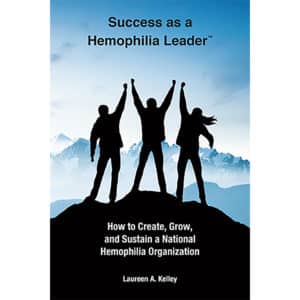
Leaders start hemophilia organizations for many reasons. Whatever the reason, the founder of a new organization almost always reaches an emotional threshold: “I cannot accept this
situation anymore.” At that point, the new leader decides to take personal responsibility: “Something must change. I will change it.”
Do you see yourself in any of the following life-changing situations?
You need factor for yourself or your child. When there is no factor or advanced treatment in your country, you may request a donation of factor from charitable organizations such as Project SHARE and the World Federation of Hemophilia (WFH) Humanitarian Aid Program. These organizations might encourage you to start a hemophilia organization.
In 2017 Kunaal Mark Prasad of Fiji requested factor from Project SHARE via Facebook. At age 23, he had never had any. His doctors were reluctant to use concentrates, and instead
used cryo, a risky treatment. After his first factor infusion, Kunaal realized that he could help improve the lives of the estimated 60 people with hemophilia on his islands. He began reaching out, to find others and to start a hemophilia organization.
In 1998 Francisca Bardalez, from the Central American country of Belize, contacted LA Kelley Communications, for a factor donation. Francisca is the mother
of four boys—two with hemophilia. A single factor donation would help her boys, certainly.
But what then? I suggested that Francisca form a hemophilia organization. This was a
challenge, because Francisca lived in a remote area, where roads were rough and money was
limited. But her dedication triumphed. Francisca founded the Belize Hemophilia Society
on February 13, 1999.
This is how hemophilia organizations were formed with our help in Jordan, Tanzania,
Ghana, Zambia, Barbados, Fiji, and Rwanda. Watching your own child, a family member,
a fellow patient or friend suffer the excruciating pain of uncontrolled bleeding is a powerful
incentive.
You are inspired by another Hemophilia Leader. Leaders have strong motivational
effects on others. In the late 1990s, Raja Ammoury of Jordan, mother of a child with hemophilia,
read a story in the newsletter Hemophilia Leader about Jad Jadallah of Palestine. Jad is
a man with hemophilia who founded the Palestinian Hemophilia Association. Like Jad, Raja
is Muslim, and she felt a strong connection with him. Raja contacted me through her sister
in Ohio (US), an acquaintance of mine, and asked for advice. Inspired by Jad’s success, Raja
formed the first hemophilia organization in Jordan.
Hemophilia Federation (India), one of the largest hemophilia organizations in the
world, was founded in 1983 by Ashok Verma, a person with hemophilia. Ashok was inspired
by another leader, Professor Pier Mannucci, an Italian hematologist who also served as vice
president medical of the World Federation of Hemophilia. Professor Mannucci oversaw the
amputation of Ashok’s leg in Italy, and every night during the recovery period, Mannucci
visited Ashok as his doctor, but gently pressed him to consider starting a hemophilia organization in India. Ashok returned to India undecided. But Mannucci didn’t give up. He called Ashok daily to encourage him. Ashok was inspired by Mannucci’s attention and care. He
found his calling as a new Hemophilia Leader.
You want to start a chapter. At the WFH Congress in Montreal in 2000, I met
María Andrea Robert of Argentina, a young mother of a child with hemophilia. María told
me, with many tears, that she felt her national hemophilia organization was not reaching
families like hers in remote areas of her country. María briefly considered starting a new
organization—a second organization.5 But after careful consideration, María decided to
open an affiliate—a chapter—to coordinate with the national organization in Buenos
Aires. She could learn from the staff and use their resources, yet channel some of these
benefits to Cordoba, where she lived. María now runs a successful chapter and works well
with the national organization.
You have hemophilia and a special skill. It’s fortunate when someone with hemophilia
and a specialized skill, such as lobbying, medical knowledge, or public relations, can become
the leader of a hemophilia organization. Yuri Zhulyov is a lawyer with hemophilia. As president
of the Russian Hemophilia Society (RHS) for the past 20 years, Yuri brings enormous
talent and skill to helping decipher Russian law and moving his programs and goals through
the Russian legal system.
You resurrect a nonfunctional hemophilia organization. Your country may have a
hemophilia organization that is nonfunctional. The governing board never meets, the office
is deserted or nonexistent, and there is little or no communication. This happened in Puerto
Rico, an island territory of the United States. Yolanda Vega, the concerned mother of a child
with hemophilia, eventually tracked down the former president of Asociación Puertoriqueña
de Hemofília—who confessed that he was too busy to manage it. Rather than start a new
organization, she formed a new board and drafted a new constitution, also called bylaws.
Within one month, the Puerto Rican Hemophilia Association was reborn.
You are a physician and want to help patients. There may be nothing nobler in our
hemophilia community than a dedicated physician who becomes part of, or creates, a
hemophilia organization. He or she may already be struggling with the country’s lack of
resources, and may have a large caseload of not only hemophilia patients, but patients
suffering from other blood disorders or cancer. Many physicians offer free treatment, work
long hours, and open their hearts to these patients. One such physician is Dr. Gillian Wharfe
of Jamaica. She gives an extraordinary amount of time to treating hemophilia patients. She
offers her leadership and medical assistance to the Jamaican Hemophilia Association.
Sometimes, as Gandhi once said, we need to be the change we want to see. HFA is looking for board members right now; you can be apart of this change, if you have the vision, passion and skill to be a Hemophilia Leader.
Excerpted from Success as a Hemophilia Leader, ©2017, LA Kelley Communications, Inc. Order a copy from our website.

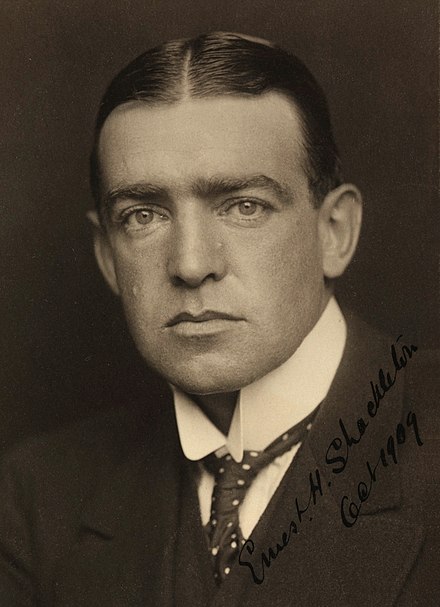
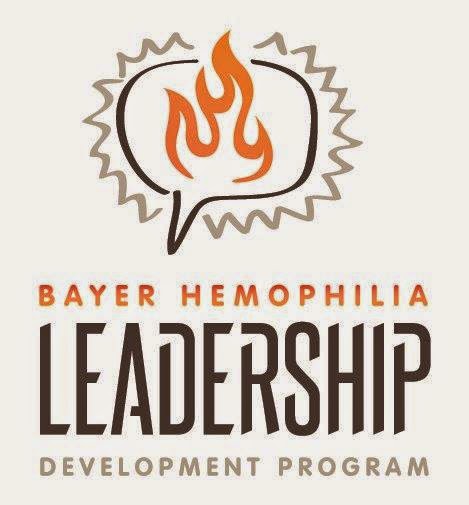

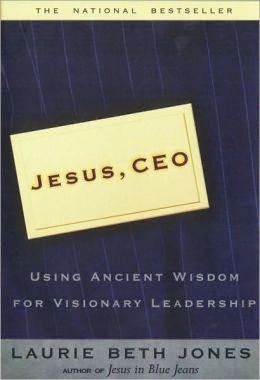
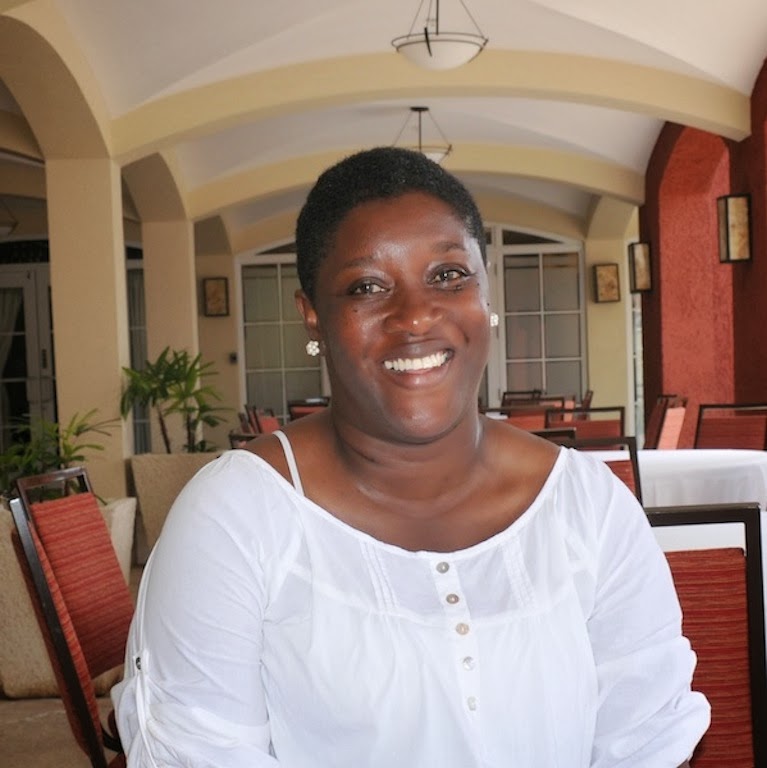

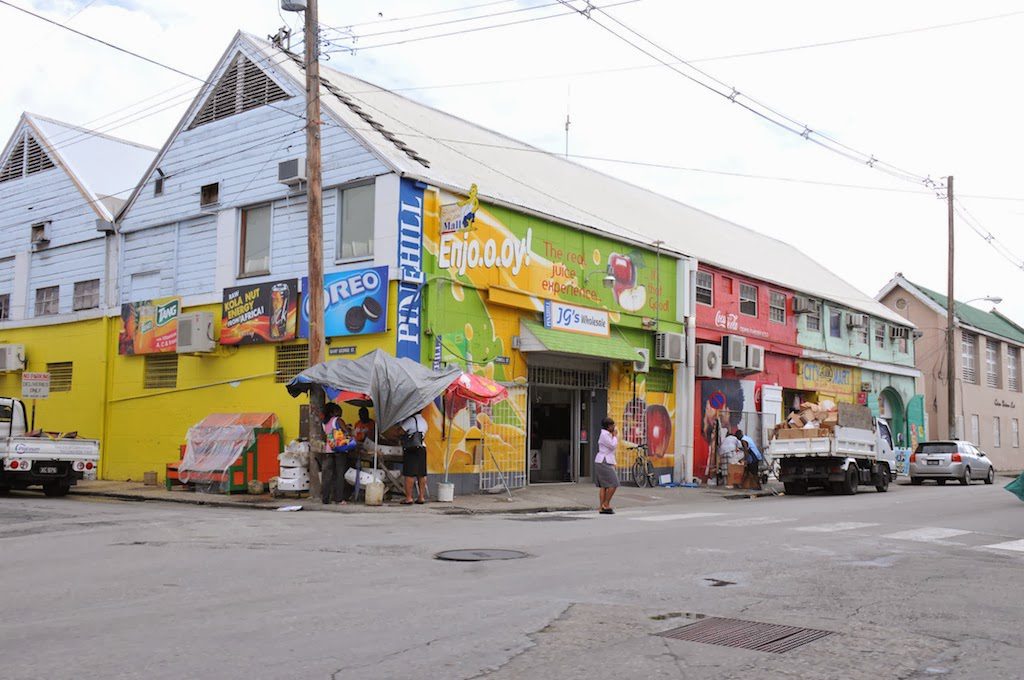 I
I